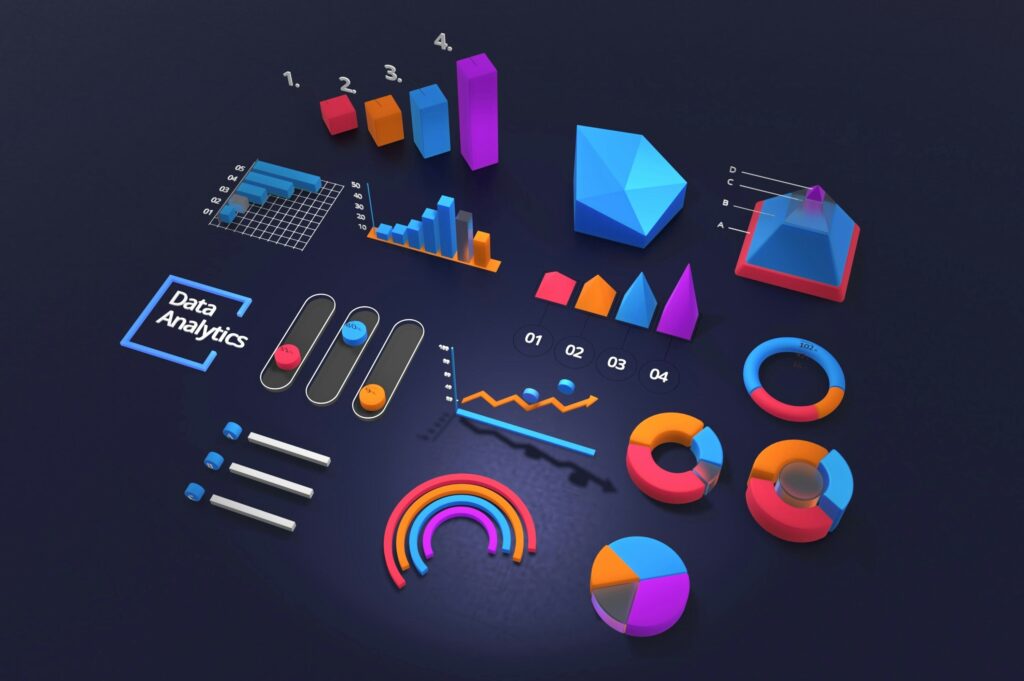As data generation skyrockets—expected to reach 175 zettabytes annually by 2025—smaller organizations face mounting challenges in leveraging artificial intelligence (AI). The rapid growth of data far outpaces the availability of skilled AI talent, leaving non-profits, small businesses, and public sector entities at a significant disadvantage.
This imbalance, often called the AI divide, hampers innovation and economic competitiveness. However, the rise of AI data scientists offers a transformative solution, democratizing access to advanced data analysis and empowering under-resourced sectors.
For insights on how AI impacts data science, read about AI’s transformative role in data science.
The AI Divide: A Critical Challenge
The AI divide arises as smaller organizations struggle to afford the expertise required to process and analyze vast datasets. Meanwhile, large corporations leverage AI to drive growth, innovation, and efficiency.
To address this, the AI Governance Alliance at the World Economic Forum’s 2024 Annual Meeting in Davos prioritized inclusive AI for 2025. Their goal? To ensure AI’s benefits extend to all, regardless of organizational size or resources.
What Are AI Data Scientists?
AI data scientists are advanced agents designed to automate the data-to-decision pipeline. Unlike traditional analytics tools, they integrate automation with causal reasoning, transforming raw data into actionable insights.
Key Features of AI Data Scientists:
- Automated Data Processing:
These agents connect to multiple data sources, handle data quality issues, and prepare datasets for analysis—tasks that typically consume up to 80% of a human data scientist’s time. - Causal Analysis and Prediction:
AI data scientists build causal models to predict outcomes, helping organizations understand why events occur, not just what happened. - Natural Language Communication:
Leveraging large language models, AI data scientists explain complex insights in human-friendly terms, enabling non-experts to make informed decisions.
For a deeper dive into the role of data in AI, explore the importance of data cleaning in machine learning.
Real-World Applications of AI Data Scientists
1. Transforming Water Management in Underserved Communities
Many underprivileged regions lack access to clean water, despite collecting valuable system data. AI data scientists can analyze water point statuses, usage patterns, and weather data to:
- Predict Failures: Anticipate breakdowns before they occur.
- Optimize Maintenance: Shift from reactive repairs to preventive strategies.
- Allocate Resources Effectively: Prioritize high-risk areas for intervention.
By using causal reasoning, AI can pinpoint root causes—such as usage patterns leading to frequent breakdowns—offering actionable insights in understandable language.
2. Empowering Small and Medium-Sized Manufacturers
Small manufacturers face fierce competition and tight margins, making AI-driven innovation crucial. AI data scientists can:
- Predict equipment failures to minimize downtime.
- Optimize production schedules for efficiency.
- Identify energy waste and suggest savings.
- Provide actionable recommendations in plain language.
These insights enable smaller manufacturers to compete with industry giants, achieving operational sophistication without the cost of in-house AI teams.
For more on AI applications, read how data science aids climate change mitigation.
Balancing Automation with Trust
The power of AI data scientists lies in their ability to balance automation with human oversight. While AI agents handle complex workflows, human experts validate insights and ensure reliability.
Key benefits of this collaboration include:
- Explainability: Large language models allow AI agents to clearly communicate findings.
- Strategic Decision-Making: Human intelligence remains the cornerstone of judgment.
As AI evolves, this balance will ensure trust and accessibility, transforming AI data scientists into reliable partners across industries.
For insights on fostering collaboration, explore cloud-based science collaboration tools.
The Future of Accessible AI
Bridging the AI divide is no longer a distant vision. By leveraging AI data scientists, organizations of all sizes can harness the power of data, driving innovation and inclusivity. As this technology advances, human oversight will remain essential, ensuring AI’s potential is both accessible and trustworthy.
External Source: Learn more about this breakthrough innovation on the World Economic Forum website.
For more articles on technology and innovation, visit Times of Tech.






